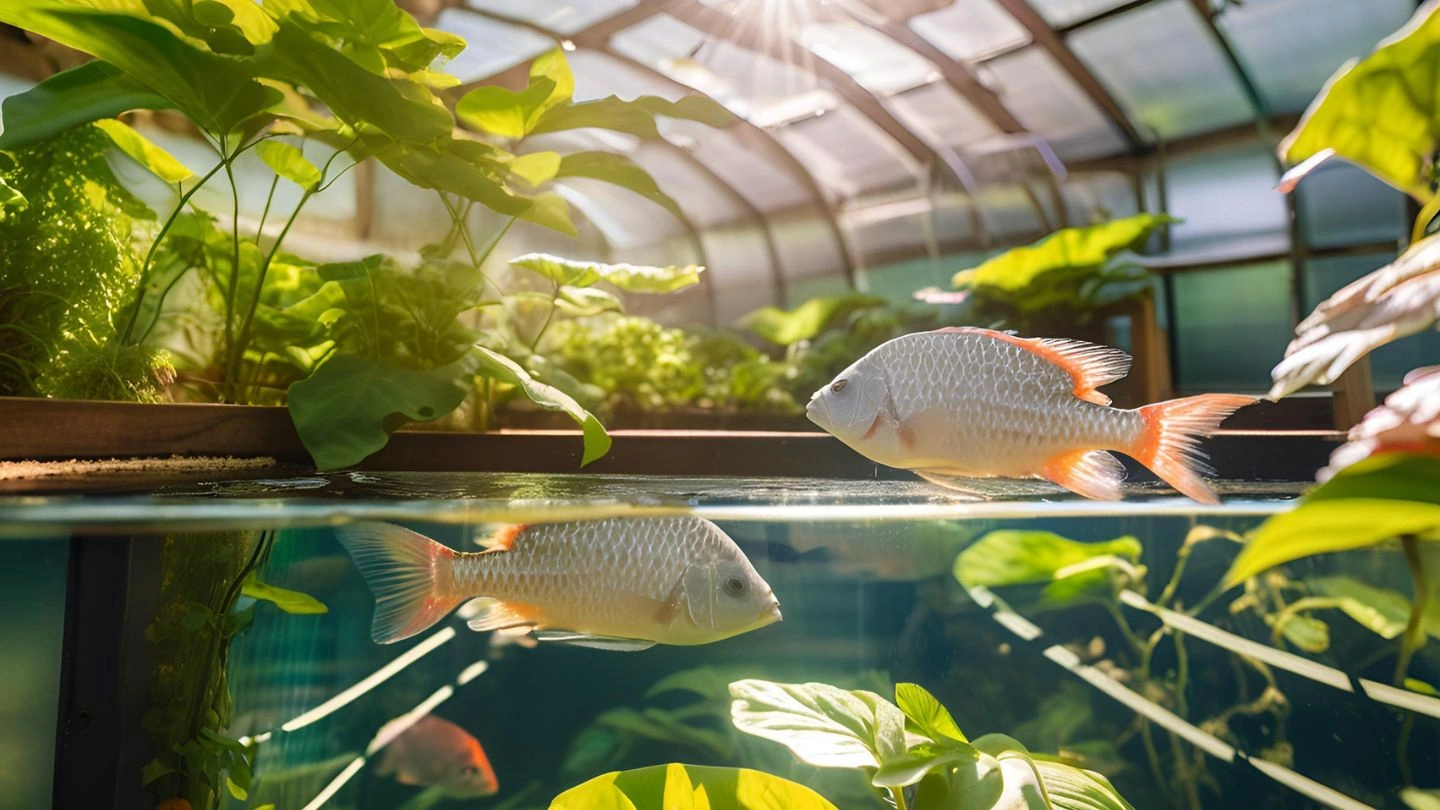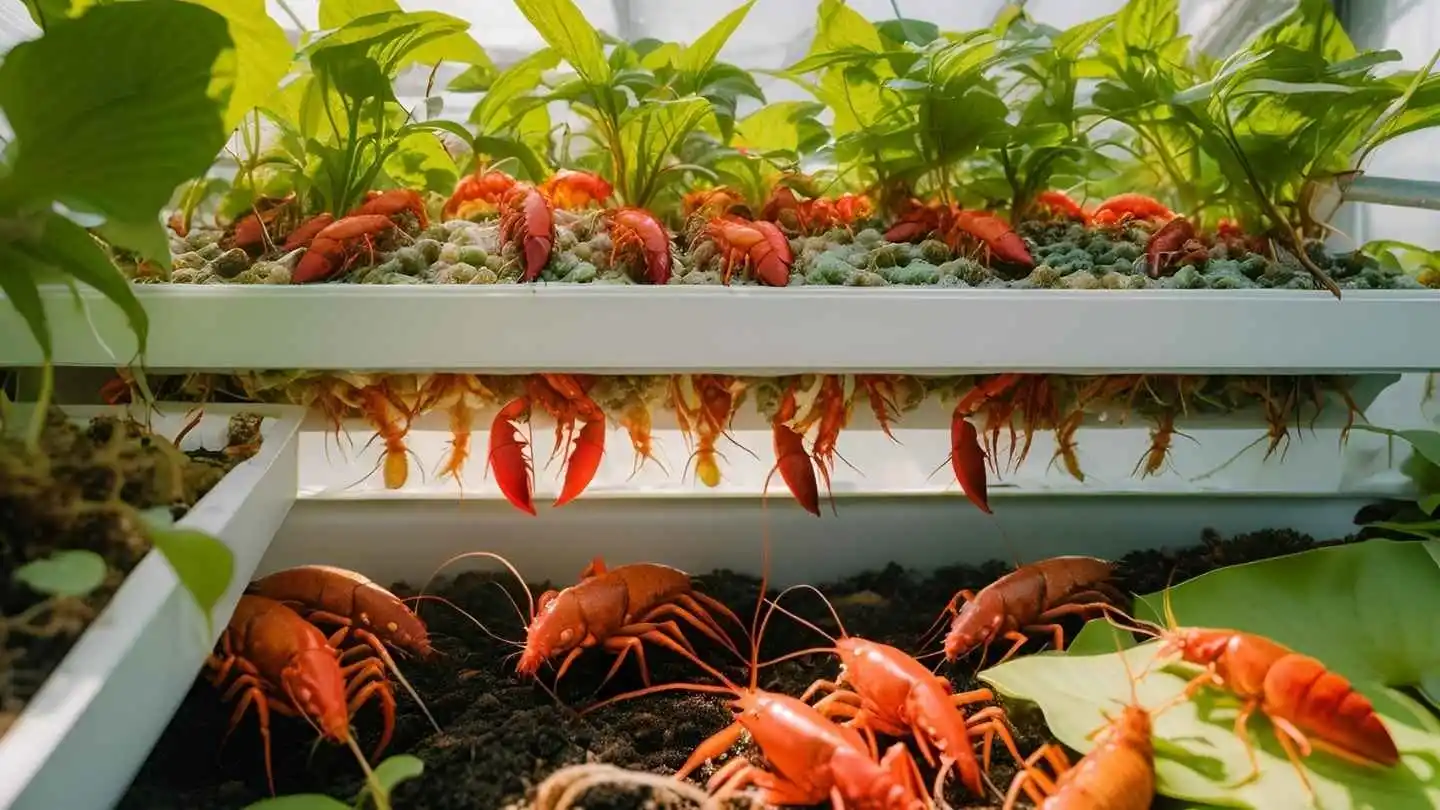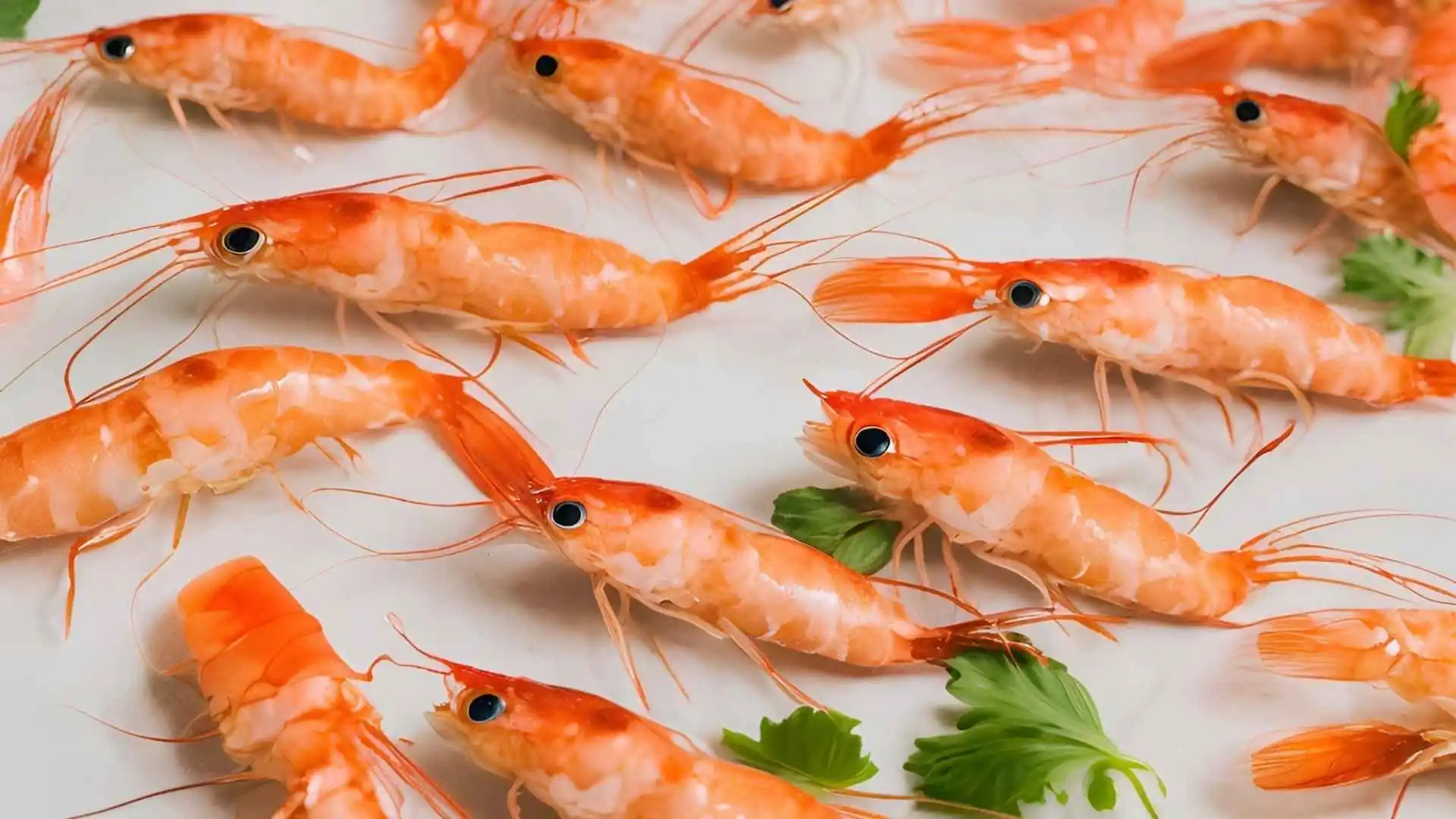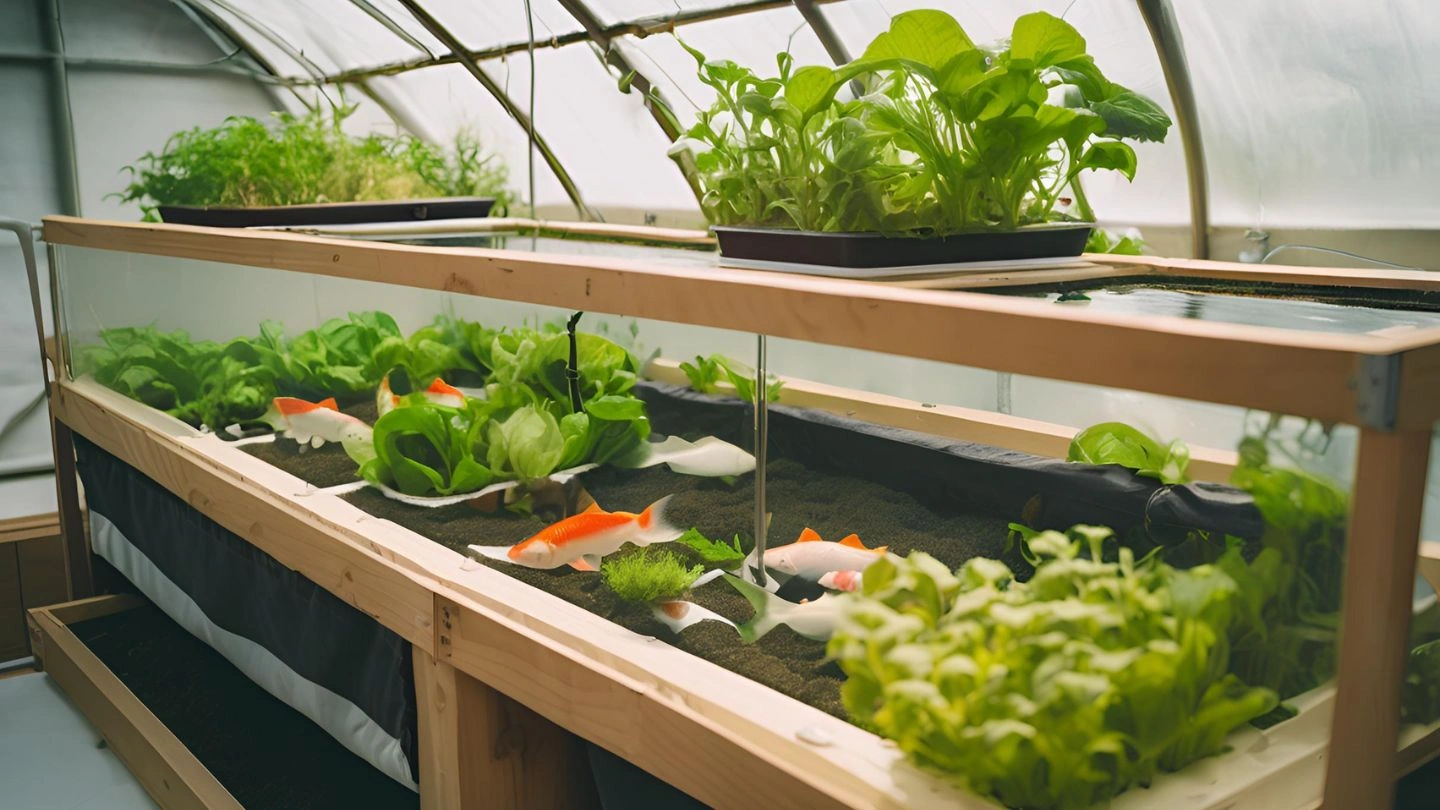Revolutionize Your Farm with Aquaponics Tilapia: Sustainable Fish Farming Made Easy!
Are you looking to revolutionize your farming techniques? The world of sustainable farming is growing and Aquaponics tilapia is at the forefront of this movement. Tilapia fish management combining fish farming with hydroponics, aquaponics offers a self-sustaining, eco-friendly method of farming that benefits both fish and plants.
Whether you’re aiming to start a backyard tilapia aquaponics project or scale up for commercial production, this guide will walk you through everything you need to know to raise Aquaponics tilapia effectively and sustainably.
Contents
- 1 What is Aquaponics Tilapia and How Does It Work?
- 2 Water Parameters and Conditions Suitable for Tilapia
- 3 Benefits of Raising Aquaponics Tilapia for Sustainable Farming
- 4 Steps to Successfully Grow Aquaponics Tilapia
- 5 Choosing the Right System for Aquaponics Tilapia Farming
- 6 Common Challenges in Aquaponics Tilapia Farming
- 7 Aquaponics Tilapia: A Smart Investment for Commercial Farming
- 8 How Aquaponics Tilapia Can Help Improve Your Farm’s Efficiency
- 9 How to Get Started with Aquaponics Tilapia Today
- 10 Grow Your Aquaculture Business with Fishery FnB Tech: Connect with Pond Rentals and Global Investors
- 11 Conclusion
- 12 Frequently Asked Questions
What is Aquaponics Tilapia and How Does It Work?
Aquaponics tilapia is a type of farming that combines the raising of fish (aquaculture) and plants (hydroponics) in a closed-loop system. In this system, fish waste serves as a natural fertilizer for plants, while the plants filter and purify the water for the fish. This sustainable method creates an ecosystem where both the fish and plants thrive together with minimal resource use.
Water Parameters and Conditions Suitable for Tilapia
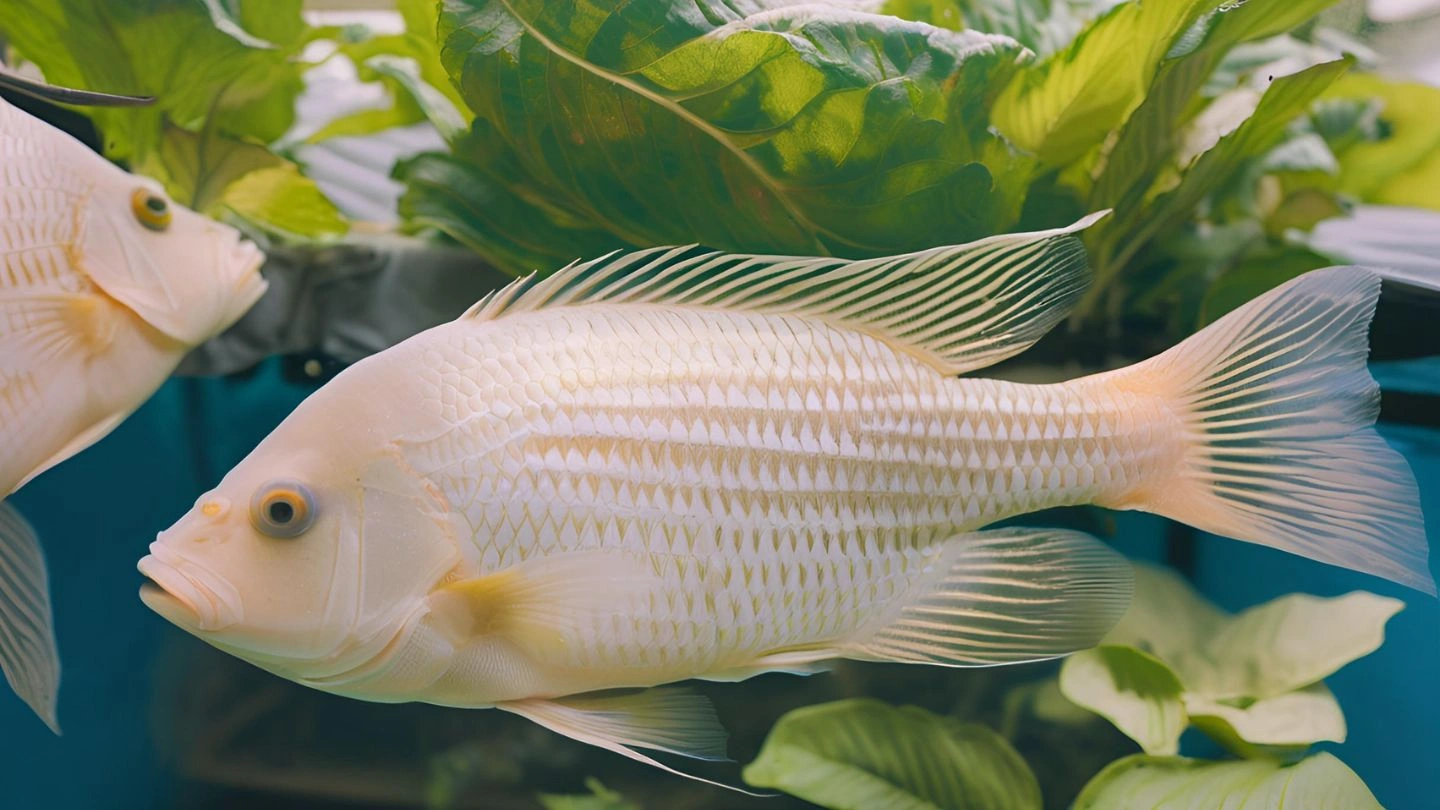
- Water Temperature:
- Tilapia thrive in warm water, with the ideal range being between 75°F and 85°F (24°C – 29°C). Water temperatures outside this range can stress the fish, leading to reduced growth rates and increased susceptibility to diseases.
- Consistent temperature regulation is crucial, especially if you live in a region with fluctuating climates. Consider using heaters or temperature-controlled systems to maintain stability.
- pH Level:
- The pH level of your water should remain between 6.5 and 7.5 for optimal tilapia growth. While tilapia can tolerate a slightly broader range, maintaining the pH level within this range helps with nutrient uptake for both fish and plants.
- Regularly check your system’s pH using water testing kits to ensure it stays balanced.
- Dissolved Oxygen:
- Oxygen is essential for the survival of both fish and plants in your aquaponics system tilapia. It is important to keep dissolved oxygen levels above 5 ppm (parts per million).
- Aeration systems, including air stones and water pumps, are crucial for maintaining oxygen levels, ensuring your fish and plants thrive.
- Ammonia, Nitrite, and Nitrate Levels:
- Ammonia is produced by fish waste and can be toxic if not converted. The ideal ammonia level should be below 0.25 ppm.
- Nitrites are another byproduct of fish waste and should be kept under 0.5 ppm. High levels can harm fish, especially in young tilapia.
- Nitrates, however, act as an essential nutrient for plants. A range of 20-200 ppm of nitrates is ideal for plant growth. Regularly check these levels and ensure your filtration system is removing excess waste.
- Water Filtration and Flow Rate:
- Proper water filtration is essential for removing excess solids and maintaining water quality. Ensure you have a filtration system that’s sized appropriately for your fish tank.
- Also, consider the flow rate of the water. It should circulate throughout the system efficiently without disturbing the plants or fish.
By carefully maintaining these water conditions, you’ll ensure that your Aquaponics tilapia thrive, creating a healthy, balanced system for both fish and plants.
Benefits of Raising Aquaponics Tilapia for Sustainable Farming
Raising Aquaponics tilapia offers numerous advantages for farmers looking to adopt sustainable practices. Some of the most notable benefits include:
- Water Conservation: The closed-loop nature of the aquaponics system tilapia uses up to 90% less water than traditional soil-based farming, making it an excellent choice for water-scarce areas.
- Reduced Need for Fertilizers: Fish waste serves as a natural fertilizer, which means you don’t need to rely on chemical fertilizers. This reduces your reliance on external inputs and decreases your carbon footprint.
- Faster Growth Rates: The nutrient-rich water from fish waste accelerates plant growth, and Aquaponics tilapia grow faster in these optimal conditions compared to traditional fish farming.
- Reduced Environmental Impact: By recycling water and avoiding harmful chemicals, this system helps reduce environmental pollution, promoting a healthier, greener planet.
By choosing Aquaponics tilapia, you’re opting for a method of farming that benefits both your farm and the environment.
Steps to Successfully Grow Aquaponics Tilapia
To successfully grow Aquaponics tilapia, it’s important to follow a set of proven steps that ensure a healthy and productive system:
- Set Up Your Aquaponics System:
Choose the right aquaponics system tilapia based on the available space and your goals. Systems like media-based, deep water culture (DWC), or nutrient film technique (NFT) work well for tilapia farming. Make sure the system is large enough to accommodate both your fish and plant needs. - Stock Your Fish and Plants:
Select high-quality Aquaponics tilapia fingerlings. Tilapia are hardy fish, but ensuring you have healthy stock is essential for good growth. Choose plants that can thrive in water, such as lettuce, herbs, or kale. - Monitor Water Quality Regularly:
Keeping track of your water parameters is crucial. Regularly test ammonia, nitrate, nitrite, pH, and oxygen levels to ensure they remain within the optimal range for Aquaponics tilapia. - Provide Proper Maintenance:
Regularly clean the filters and inspect the system for any blockages or issues. Ensure your fish have enough space to grow and that plants are properly supported as they develop.
By following these steps, you’ll create the perfect environment for raising Aquaponics tilapia successfully.
Choosing the Right System for Aquaponics Tilapia Farming
Choosing the best aquaponics system tilapia for your farm depends on your space, goals, and budget. Here’s a brief overview of the most common systems:
- Media-Based Aquaponics: Ideal for smaller setups, especially for backyard tilapia aquaponics. This system uses gravel or other media to support plant roots while allowing fish waste to fertilize the plants.
- Deep Water Culture (DWC): Perfect for larger operations, the DWC system allows plants to float on the surface, with their roots submerged in the nutrient-rich water. This system is especially effective for tilapia farming.
- Nutrient Film Technique (NFT): Suitable for compact spaces and smaller setups, NFT systems use a thin film of water to provide nutrients to the plants while circulating water between the fish tank and grow beds.
Selecting the right system will help you achieve higher yields, whether you’re looking to start a backyard tilapia aquaponics project or expand to commercial farming.
Common Challenges in Aquaponics Tilapia Farming
While Aquaponics tilapia offers significant benefits, it’s important to be aware of the common challenges you may face:
- Water Quality Control: Keeping the water quality in check is crucial. If the water parameters get out of balance, it can harm your tilapia and plants.
- Temperature Fluctuations: Tilapia are warm-water fish, so it’s important to maintain stable water temperatures. In colder climates, a heater may be necessary.
- Initial Setup Costs: While aquaponics offers long-term savings, the initial investment in equipment and setup can be higher compared to traditional farming.
Understanding and addressing these challenges is key to building a successful Aquaponics tilapia system.
Aquaponics Tilapia: A Smart Investment for Commercial Farming
For commercial growers, Aquaponics tilapia offers a viable solution for high-efficiency farming. With the growing demand for sustainable, organic food, investing in aquaponics system tilapia is a smart business move. Here’s why:
- High Productivity: The efficient use of space and water allows you to grow both fish and plants on a commercial scale, increasing your productivity and profitability.
- Cost Efficiency: Aquaponics tilapia systems require fewer resources, such as water, fertilizers, and pesticides, reducing operational tilapia fish costs.
- Consumer Demand for Sustainability: Organic and sustainably grown food is becoming increasingly popular. Aquaponics tilapia meets this demand while offering a cleaner, greener alternative to traditional farming.
If you’re ready to enter the market for sustainable food, Aquaponics tilapia offers a reliable and profitable farming method.
How Aquaponics Tilapia Can Help Improve Your Farm’s Efficiency
One of the biggest advantages of Aquaponics tilapia farming is the efficiency it brings. By adopting this method, you can:
- Save Water: Since the system recycles water, you’ll use significantly less water than in traditional farming.
- Increase Productivity: With Aquaponics tilapia, you can produce more food in less space, thanks to the symbiotic relationship between fish and plants.
- Reduce Waste: The closed-loop system minimizes waste by ensuring that everything in the system is used efficiently.
With Aquaponics tilapia, your farm becomes more efficient, more productive, and more sustainable.
How to Get Started with Aquaponics Tilapia Today
Getting started with Aquaponics tilapia is simple. Here’s how to begin:
- Plan Your System: Choose an appropriate aquaponics system tilapia for your needs, whether you’re setting up a backyard tilapia aquaponics system or scaling up for commercial farming.
- Set Up Your Equipment: Purchase the necessary fish tank, grow beds, filtration system, and aeration equipment to create a balanced ecosystem.
- Stock Your System: Get healthy Aquaponics tilapia fingerlings and select plants that are compatible with your system.
- Maintain Your System: Monitor the water quality, feed your tilapia, and maintain the system regularly to ensure everything runs smoothly.
By following these steps, you can successfully start raising Aquaponics tilapia and enjoy all the benefits of this sustainable farming method.
Grow Your Aquaculture Business with Fishery FnB Tech: Connect with Pond Rentals and Global Investors
At Fishery FnB Tech, we help connect local fish farmers in Indonesia who don’t have ponds for fish farming with affordable rental options.
We also collaborate with global investors who are interested in supporting the growing field of aquaculture. Whether you’re looking to rent land or seeking investment in your aquaponics venture, we are here to help you scale your business. Click contact to start your journey today.
Conclusion
Building a successful Aquaponics tilapia farm requires a combination of knowledge, the right equipment, and ongoing commitment to monitoring and maintaining your system.
But don’t worry—you’re not alone in this journey. Fishery FnB Tech is here to guide you every step of the way. With our expertise and support, you can unlock the full potential of Aquaponics tilapia, ensuring a profitable and sustainable farming operation.
Why Choose Fishery FnB Tech?
At Fishery FnB Tech, we are dedicated to helping farmers and entrepreneurs reach their goals by providing access to affordable pond rentals for local fish farmers in Indonesia and connecting global investors to the aquaculture industry.
We understand that not everyone has access to land or ponds, which is why we offer flexible rental options to help you get started without the upfront investment of buying land. Plus, our extensive network of investors is ready to collaborate and support sustainable aquaculture projects, giving you the financial backing and resources you need to scale your farm.
How Fishery FnB Tech Tech Can Help You:
- Pond Rentals: If you’re a local fish farmer in Indonesia without access to your own pond, Fishery FnB Tech offers rental options to get you started. This means you can focus on growing Aquaponics tilapia and maximizing your yields without the worry of land ownership.
- Global Investors: For those looking to scale their business or invest in aquaculture, Fishery FnB Tech connects you with global investors who are passionate about sustainable farming practices. Whether you’re seeking funding for an aquaponics system tilapia or need resources to expand your operations, we’re here to support your growth.
- Expert Guidance: Our team of experts provides you with the knowledge and tools needed to set up and maintain your Aquaponics tilapia system. We’ll guide you through every phase of your farming journey, from choosing the right system to understanding water parameters and conditions for optimal growth.
Take the Next Step Toward Success
With the right support, you can start growing healthy Aquaponics tilapia in no time, whether it’s a small backyard tilapia aquaponics project or a large-scale commercial venture. Fishery FnB Tech’s network and resources are here to ensure that you have everything you need to succeed in this exciting and sustainable farming method.
If you’re ready to make the leap and begin your Aquaponics tilapia journey today, click here for our solution. Get in touch with our team, explore pond rental options, and connect with investors ready to collaborate in aquaculture. Together, we can build a more sustainable, profitable future for your business and the planet.
Let’s grow together—start your Aquaponics tilapia farm with Fishery FnB Tech today!
Frequently Asked Questions
Apakah ikan nila cocok untuk sistem akuaponik?
Ya, ikan nila sangat cocok untuk akuaponik karena tahan terhadap berbagai kondisi air, cepat tumbuh, dan mudah dipelihara.
Seberapa cepat ikan nila tumbuh dalam sistem akuaponik?
Ikan nila dapat mencapai ukuran panen sekitar 1-2 kg dalam waktu 6-8 bulan, tergantung pada kualitas air dan pemberian pakan.
Berapa suhu air ideal agar ikan nila tumbuh optimal?
Ikan nila tumbuh optimal pada suhu air antara 24-30°C, yang memastikan pertumbuhan cepat dan kesehatan yang baik.


